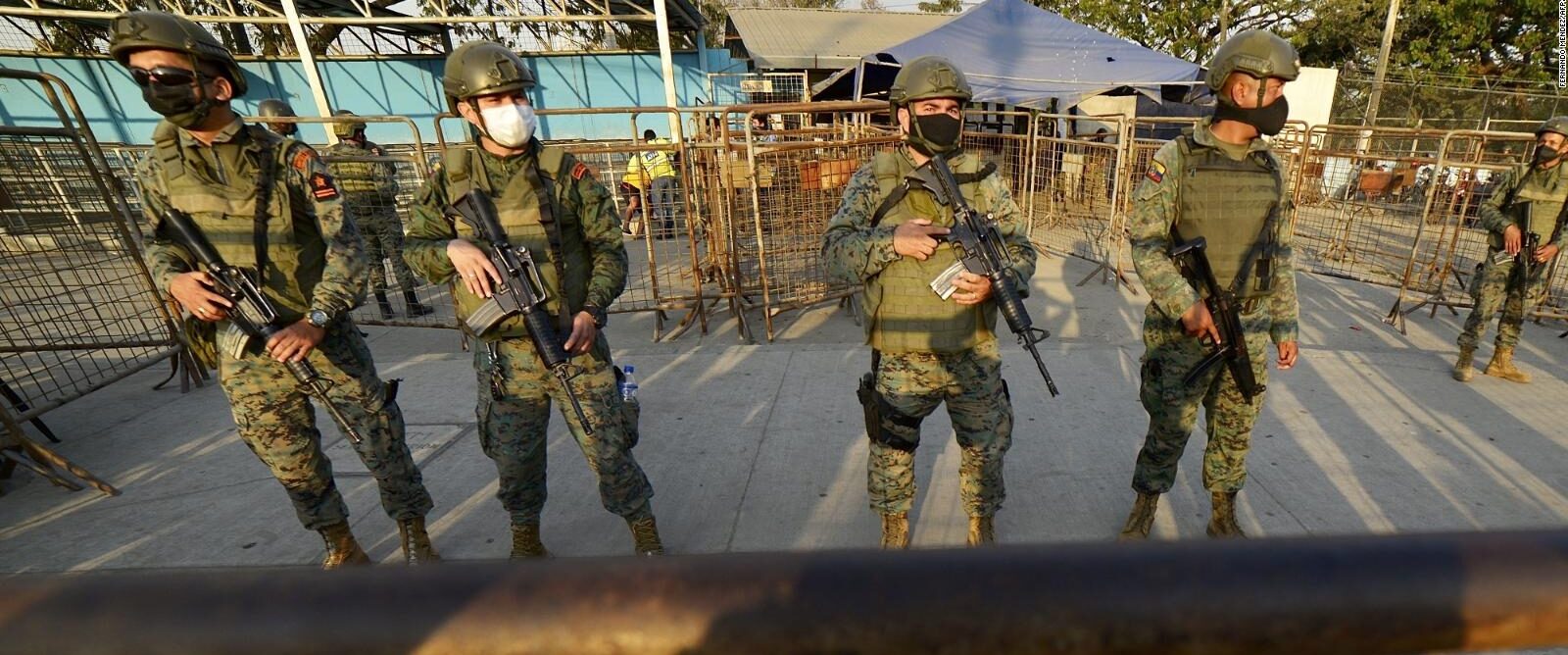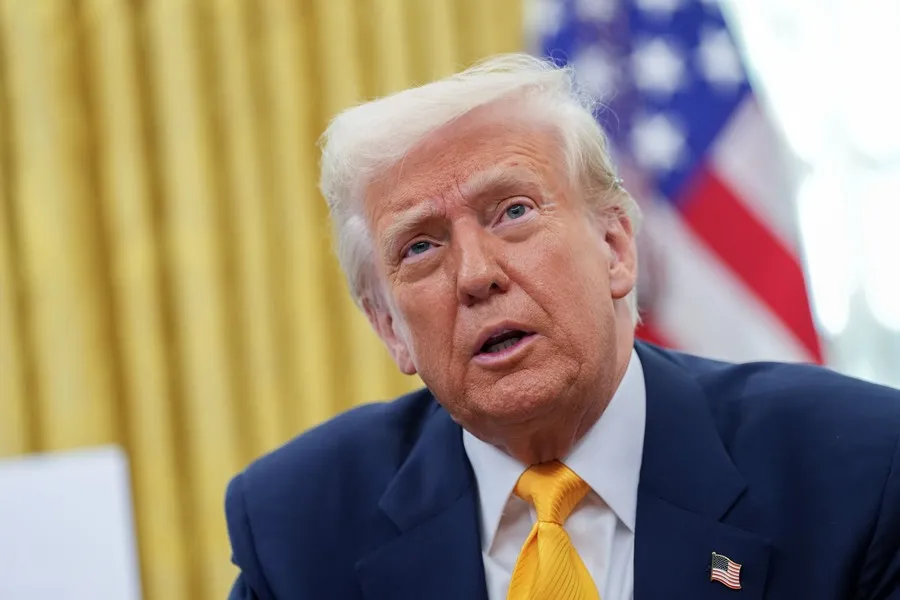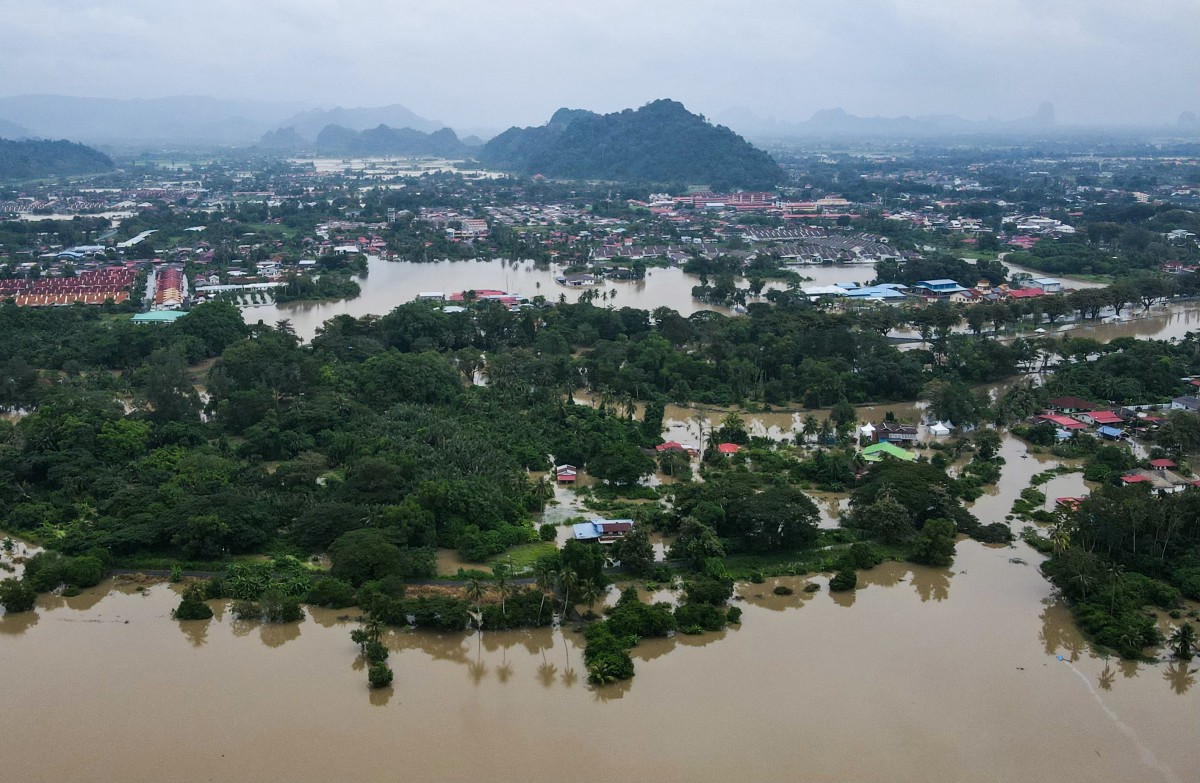International
Ecuador bloodbath: Deadly unrest in Latin America’s jails

AFP
At least 118 inmates died in rioting in an Ecuador jail this week before police regained control Thursday. Following the latest carnage, here is a look at the deadliest clashes in recent years in Latin America’s notoriously overcrowded prisons.
– Deadliest –
Over the past three decades, there have been several massive prison riots that left more than 100 inmates dead.
In 2005, a fire ripped through an overcrowded prison in the Dominican Republic’s eastern city of Higuey after a dawn riot, leaving at least 135 people dead.
In 1994, 121 inmates were killed after prisoners set fire to three prison blocks during a riot at Sabaneta prison in Venezuela’s northern city of Maracaibo.
In 1992 in Brazil, 111 prisoners were killed when security forces put down a riot at the enormous Carandiru jail outside Sao Paulo.
The massacre was later portrayed in an acclaimed 2003 film, “Carandiru.”
– Ecuador’s ‘war’ –
Tuesday’s bloodshed in Guayaquil is believed to be linked to a “war” between Mexican drug gangs. It is the fifth major incident in the port city’s prison in just over a year.
In all, some 200 inmates have died in violence in Ecuador’s jails so far this year as they have become a battleground for thousands of prisoners with ties to powerful Mexican cartels.
More than 100 died in clashes last year — with many beheaded — with corruption allowing inmates to smuggle in arms and ammunition.
Ecuador’s prison system has 65 facilities designed for about 30,000 inmates but a population of 39,000, watched over by 1,500 guards — a shortfall of about 2,500, according to experts.
– Bloody Brazil –
Deadly riots are frequent in Brazil’s overcrowded prisons, which roughly hold twice the number of inmates they were built for.
With more than 702,000 prisoners, Brazil has the world’s third largest prison population after China and the United States.
In late May 2019, at least 55 prisoners were killed in several jails over two days in the northwestern state of Amazonas.
Two months later 57 died in a battle between rival gangs in a prison in Altamira in northern Brazil.
On April 11, 2018, at least 21 died in an attempted breakout from a prison near the northern city of Belem.
In early 2017, deadly riots left around 100 prisoners dead in the space of a month — many were decapitated and even disemboweled.
– Venezuela –
Venezuela also has a long and bloody history of prison unrest, almost matching Brazil’s grisly record of 756 deaths since 1992.
In May 2020, 47 prisoners died after a riot sparked by food shortages in a jail in the western city of Guanare.
In May 2019, at least 29 prisoners were killed in clashes at a jail in the western town of Acarigua.
March 28, 2018 saw one of the worst prison riots in Venezuela, with 68 people dying in a blaze in a police station jail in the northern city of Valencia.
In August 2017, 37 were killed in a jailhouse in the southern Venezuelan state of Amazonas.
International
Chile enters runoff campaign with Kast leading and Jara seeking a last-minute comeback

Chile’s presidential runoff campaign for the December 14 election kicked off this Sunday, with far-right candidate José Antonio Kast entering the race as the clear favorite in the polls, while left-wing contender Jeannette Jara faces an uphill scenario, hoping for a comeback that some experts describe as “a miracle.”
The final polls released in Chile—published before the mandatory blackout on survey dissemination—give Kast, an ultraconservative former lawmaker running for president for the third time, a lead of between 12 and 16 points. His opponent, the communist former minister in Gabriel Boric’s current administration, is weighed down not only by the government’s low approval ratings but also by a fragmented electorate.
Although Jeannette Jara received the most votes in the first round with 26.9%, her lack of alliances beyond the left makes it difficult for her to expand her support. Kast, who secured 23.9%, has already brought key figures on board: ultralibertarian Johannes Kaiser (13.9%) and traditional right-wing leader Evelyn Matthei (12.4%), both now backing his candidacy.
Analysts note that although Kast’s support base consolidates more than 50% of the electorate, it does not guarantee an automatic transfer of votes. Populist economist Franco Parisi, who placed third with 19.7%, emerges as the major wildcard. His party, the People’s Party (PDG), is set to decide this Sunday through an internal consultation whether to endorse one of the two finalists.
International
Trump says asylum decision freeze will remain in place “for a long time”

U.S. President Donald Trump warned on Sunday that the suspension of decisions on asylum applications—implemented as part of his order to “halt” immigration from third-world countries following Wednesday’s shooting in Washington—will remain in effect “for a long time.”
The president declined to specify how long the freeze, imposed last Friday by the U.S. Citizenship and Immigration Services (USCIS), would last. The suspension affects individuals waiting for an asylum ruling from that agency, though it does not apply to cases handled by U.S. immigration courts.
The delay is part of a series of measures enacted by the Trump Administration after a shooting on Wednesday in which an Afghan national allegedly opened fire on the National Guard in Washington, D.C., killing one officer and leaving another in critical condition.
Trump has ordered a permanent halt to immigration from 19 countries classified as “third-world.” He also indicated on Sunday that “possibly” more nations could be added to the list.
“These are countries with high crime rates. They are countries that do not function well… that are not known for success, and frankly, we don’t need people from those places coming into our country and telling us what to do,” Trump said, adding: “We don’t want those people.”
USCIS had already announced on Thursday a “rigorous review” of green cards held by migrants from 19 “countries of concern,” including Afghanistan, Cuba, Venezuela, and Haiti.
International
Sri Lanka and Indonesia deploy military as deadly asian floods kill over 1,000

Sri Lanka and Indonesia deployed military personnel on Monday to assist victims of the devastating floods that have killed more than a thousand people across Asia in recent days.
A series of weather events last week triggered prolonged torrential rains across Sri Lanka, parts of Indonesia’s Sumatra island, southern Thailand, and northern Malaysia. Indonesian President Prabowo Subianto said Monday in North Sumatra that “the priority now is to deliver the necessary aid as quickly as possible.”
“There are several isolated villages that, with God’s help, we will be able to reach,” he added. Subianto also stated that the government had deployed helicopters and aircraft to support relief operations.
Floods and landslides have claimed 502 lives in Indonesia, with a similar number still missing.
This marks the highest death toll from a natural disaster in Indonesia since 2018, when an earthquake and subsequent tsunami killed more than 2,000 people.
The government has sent three military ships carrying aid and two hospital vessels to the hardest-hit regions, where many roads remain impassable.
In the village of Sungai Nyalo, located about 100 kilometers from Padang, the capital of West Sumatra, floodwaters had receded by Sunday, leaving homes, vehicles, and crops coated in thick mud.
-

 Central America3 days ago
Central America3 days agoTrump Pardons Former Honduran President Hernández and Warns of Aid Cuts Ahead of Election
-

 Central America5 days ago
Central America5 days agoPanama reinforces security with new helicopters and Super Tucano Aircraft purchases
-

 Central America1 day ago
Central America1 day agoHonduras Extends Voting by One Hour Amid High Turnout, CNE Announces
-

 Central America2 days ago
Central America2 days agoHonduras’ China–Taiwan Future Hinges on Sunday’s Presidential Election
-

 Central America5 days ago
Central America5 days agoTrump urges hondurans to back conservative candidate Nasry Asfura in november elections
-

 International5 days ago
International5 days agoArchbishop Wenski criticizes Trump’s deportation policies, calls for stronger push for reform
-

 International11 hours ago
International11 hours agoHong Kong police arrest 13 over deadly high-rise fire that killed 151
-

 Central America5 days ago
Central America5 days agoWashington calls for oversight as Honduras faces allegations of electoral interference
-

 International3 days ago
International3 days agoMeta Says Russia Seeks to Ban WhatsApp for Defending Secure Communication
-

 International11 hours ago
International11 hours agoChile enters runoff campaign with Kast leading and Jara seeking a last-minute comeback
-

 International11 hours ago
International11 hours agoTrump says asylum decision freeze will remain in place “for a long time”
-

 International11 hours ago
International11 hours agoSri Lanka and Indonesia deploy military as deadly asian floods kill over 1,000






























